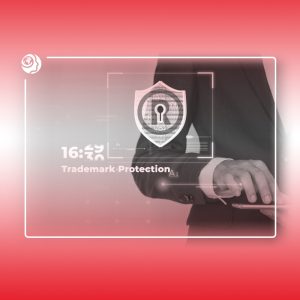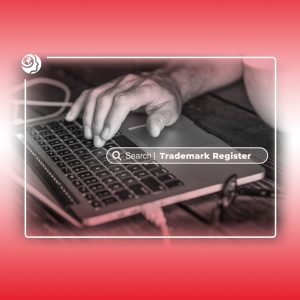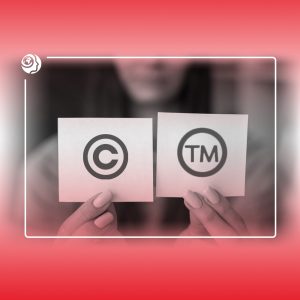Part Four: Neglecting Trademark Renewal and Losing Legal Protection
Trademark registration – whether in Egypt or internationally – isn’t a one-time process. One of the most costly mistakes businesses make is failing to track renewal deadlines, resulting in cancellation of trademark rights and opening the door for others to exploit your brand identity.
Understanding Trademark Protection Duration
In Egypt and most jurisdictions worldwide, trademark protection lasts for 10 years, renewable for subsequent 10-year periods. However, owners must file renewal applications during specified windows:
Final year before expiration (between years 9-10)
Grace period (6 months post-expiration in Egypt, with late fees)
Consequences of Lapsed Trademarks
Your mark becomes public domain, free for anyone to use
Competitors may register your brand, forcing expensive legal battles to reclaim rights
Cautionary Real-World Examples
1. Coca-Cola’s “Dasani” Water Brand in EU
In 2021, Coca-Cola lost rights to its “Dasani” trademark in the European Union due to failure to renew registration, allowing any European company to use the name for water products.
2. “Fast Food” Trademark in Egypt
A local restaurant chain attempted to renew its trademark two years after expiration. The Egyptian Trademark Office rejected the request as the mark had already entered public domain.
Proactive Renewal Strategies
1. Implement Tracking Systems
2. Know Jurisdictional Requirements
In Egypt: File with the Egyptian Trademark Office, submitting:
Internationally: Madrid System registrations can be renewed through WIPO
3. Renewal Timelines Comparison
| Jurisdiction | Protection Term | Ideal Renewal Window | Grace Period |
|---|
| Egypt | 10 years | Years 9-10 | 6 months (with penalty) |
| Saudi Arabia | 10 years | Year 10 | None |
| UAE | 10 years | Years 9-10 | 3 months |
| United States | 10 years | Years 9-10 | 6 months |
Q&A
Q: Can I renew after the grace period expires?
A: No – the trademark cancels automatically and requires completely new registration, risking loss of the name to competitors. registering trademark
Q: What documents are needed for Egyptian renewals?
A: 1) Original/copy of registration certificate 2) Renewal application form 3) Fee payment 4) Sometimes proof of use (product photos/advertisements) registering trademark
Q: Can I renew more than 1 year early?
A: Typically no – most jurisdictions (including Egypt) only accept renewals during the final year. registering trademark
In the fifth and final part, we’ll examine common pitfalls in international trademark registration and how to strategically plan global expansion. registering trademark
(To be continued…)
Call us now:







